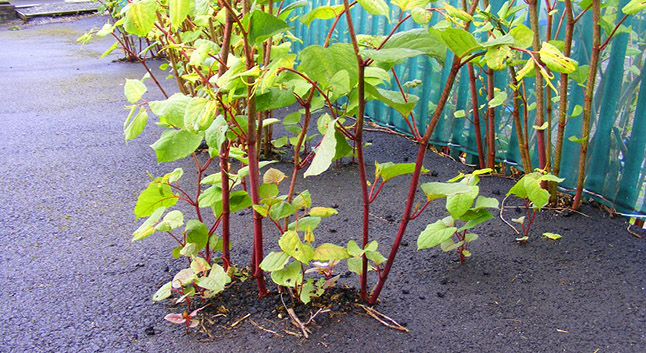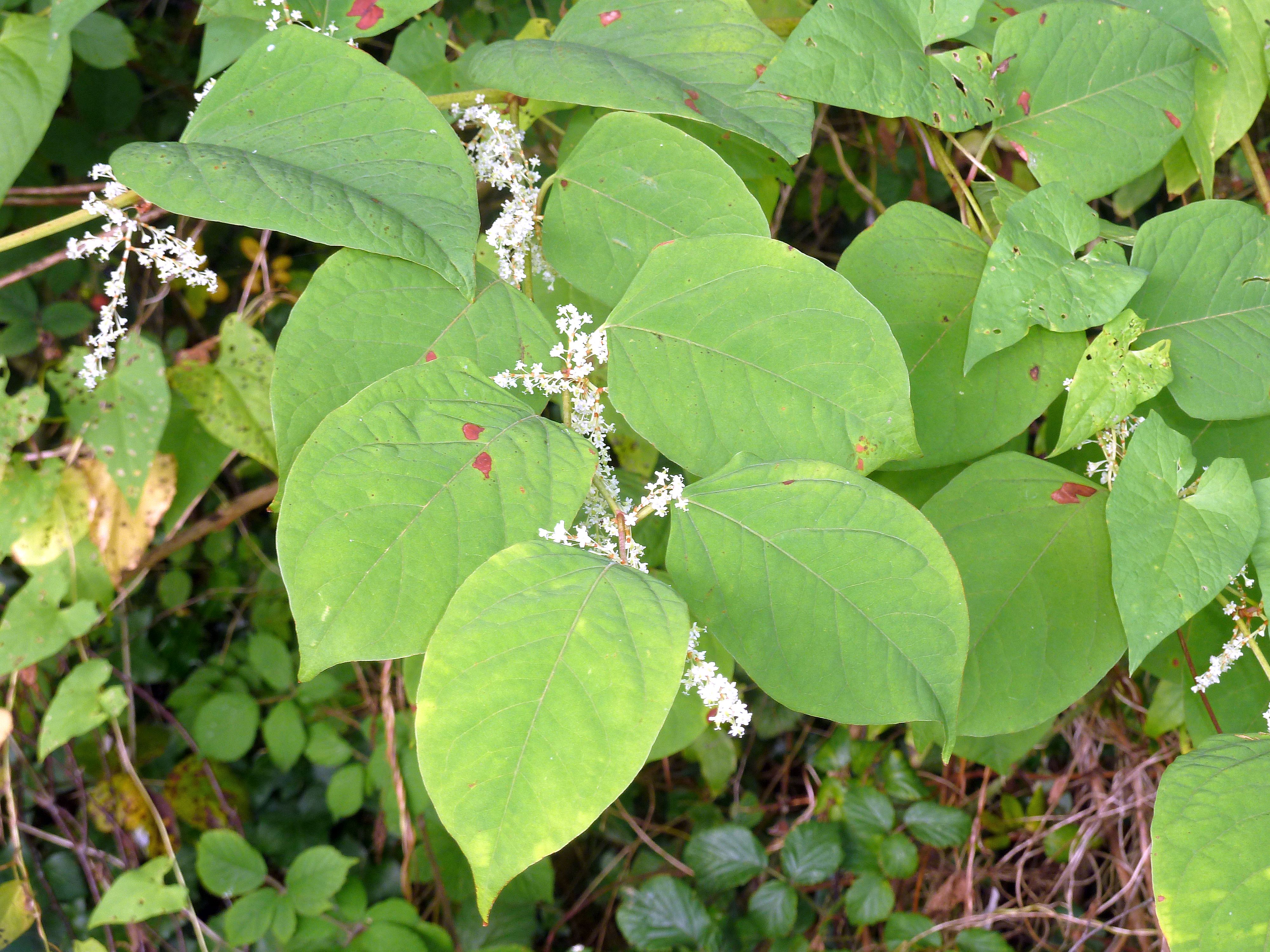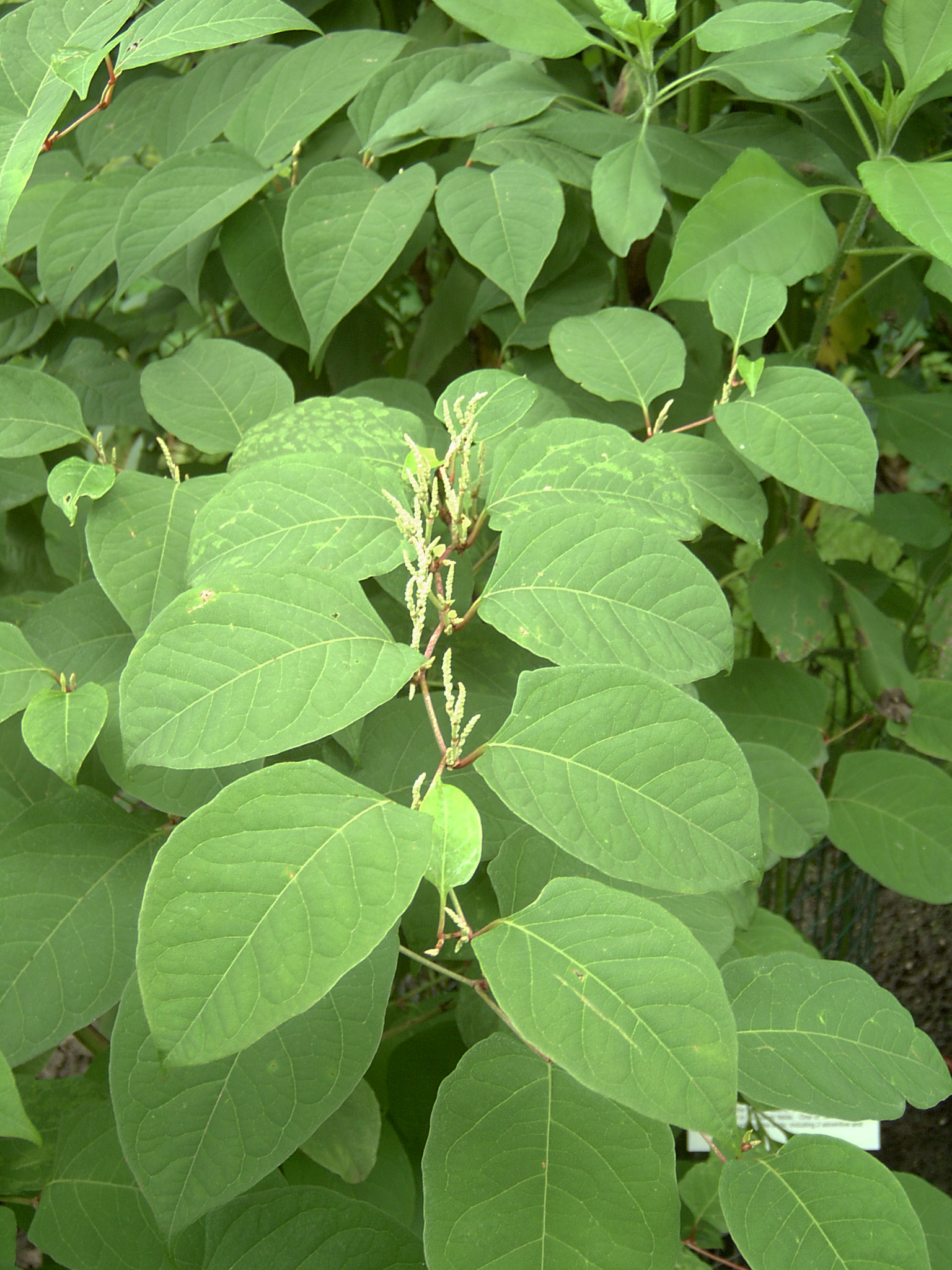Understanding the Aggressive Nature of Japanese Knotweed
Japanese knotweed, a highly invasive species, has been wreaking havoc on ecosystems worldwide. Native to East Asia, this perennial plant was initially introduced to Europe and North America as an ornamental species. However, its aggressive nature and ability to outcompete native plants have led to significant ecological damage. Japanese knotweed’s rapid growth rate, coupled with its extensive network of rhizomes, enables it to spread quickly and dominate entire habitats. This, in turn, has devastating consequences for local biodiversity, as native species are pushed out and ecosystems are disrupted. As a result, understanding the aggressive nature of Japanese knotweed is crucial in developing effective strategies for controlling its spread and mitigating its impact on ecosystems.
How Japanese Knotweed Spreads: The Role of Rhizomes and Stem Fragments
One of the primary reasons Japanese knotweed is so effective at outcompeting native species is its ability to spread rapidly through its extensive network of rhizomes. These underground stems can extend up to 3 meters in depth and 7 meters in width, allowing the plant to colonize new areas quickly. Additionally, Japanese knotweed can also spread through the dispersal of stem fragments, which can be transported through human activity, such as construction, landscaping, and gardening, as well as natural means, like water and wind. This is why understanding how does Japanese knotweed spread is crucial in developing effective strategies for controlling its spread. Even small fragments of the plant, as little as 0.7 grams, can give rise to new infestations, making it essential to take precautions when handling the plant. By recognizing the primary methods of Japanese knotweed spread, individuals can take steps to prevent its spread and mitigate its impact on ecosystems.
The Hidden Dangers of Japanese Knotweed in Soil and Water
Japanese knotweed’s ability to contaminate soil and water is a significant concern, as it can lead to the spread of the plant and further ecological harm. The plant’s rhizomes can penetrate deep into the soil, making it difficult to eradicate, and can also release allelopathic chemicals that inhibit the growth of other plants. Additionally, Japanese knotweed can contaminate waterways through the dispersal of stem fragments and rhizome pieces, which can then establish new infestations downstream. This is particularly problematic, as it allows the plant to spread quickly and unpredictably, making it challenging to track and control. Understanding how does Japanese knotweed spread through soil and water is essential in developing effective strategies for preventing its spread and mitigating its impact on ecosystems. By recognizing the hidden dangers of Japanese knotweed in soil and water, individuals can take steps to prevent its spread and protect native ecosystems.
Human Activity and the Accidental Spread of Japanese Knotweed
Human activity plays a significant role in the accidental spread of Japanese knotweed, often unintentionally contributing to its rapid expansion. Construction, landscaping, and gardening activities can all lead to the dispersal of Japanese knotweed stem fragments and rhizome pieces, which can then establish new infestations. For example, soil excavation and transportation can spread rhizome fragments to new areas, while landscaping and gardening activities can inadvertently transport stem fragments on tools and equipment. Additionally, the improper disposal of Japanese knotweed material, such as dumping it in natural areas or composting it, can also lead to the spread of the plant. Understanding how human activity contributes to the spread of Japanese knotweed is crucial in developing effective strategies for preventing its spread. By taking simple precautions, such as properly disposing of Japanese knotweed material and cleaning equipment, individuals can help prevent the accidental spread of this invasive species.
How to Identify Japanese Knotweed and Prevent Its Spread
Identifying Japanese knotweed is crucial in preventing its spread and mitigating its ecological impact. This invasive species can be recognized by its heart-shaped leaves, bamboo-like stems, and small, white flowers that bloom in late summer. Japanese knotweed typically thrives in moist, disturbed areas, such as riverbanks, roadsides, and construction sites. To prevent the spread of Japanese knotweed, it is essential to properly dispose of any plant material, including rhizomes and stem fragments, and to clean equipment and tools thoroughly after use. Additionally, individuals can take steps to prevent the accidental spread of Japanese knotweed by avoiding the transportation of contaminated soil, using weed barriers to prevent rhizome growth, and implementing effective management strategies. By understanding how does Japanese knotweed spread and taking proactive measures to prevent its spread, individuals can help protect native ecosystems and prevent the significant ecological and economic costs associated with Japanese knotweed infestations.
The Economic and Environmental Consequences of Japanese Knotweed Infestations
Japanese knotweed infestations can have devastating economic and environmental consequences. The plant’s aggressive growth habits and ability to outcompete native species can lead to significant losses in biodiversity, ecosystem disruption, and decreased ecosystem services. Additionally, Japanese knotweed infestations can cause substantial economic costs, including damage to infrastructure, such as roads, bridges, and buildings, as well as losses to agriculture, forestry, and tourism. Furthermore, the plant’s presence can also impact human health, as it can contaminate water sources and lead to the spread of disease. In fact, a single Japanese knotweed infestation can cost tens of thousands of dollars to eradicate, making it a significant economic burden on landowners and municipalities. Understanding the economic and environmental consequences of Japanese knotweed infestations is crucial in developing effective strategies for preventing its spread and mitigating its impacts. By recognizing the severity of the problem, individuals and organizations can take proactive steps to prevent the spread of Japanese knotweed and protect native ecosystems.
Effective Strategies for Controlling and Eradicating Japanese Knotweed
Controlling and eradicating Japanese knotweed requires a comprehensive approach that incorporates multiple strategies. Chemical control methods, such as herbicide application, can be effective in killing the plant, but they can also have negative environmental impacts and may not completely eliminate the rhizome system. Physical removal methods, including digging and excavation, can be labor-intensive and may not remove all of the rhizomes, leading to re-growth. Biological control methods, such as introducing natural predators or diseases, offer a promising approach, but more research is needed to fully understand their effectiveness. Integrated pest management (IPM) strategies, which combine multiple control methods, can provide a more effective and sustainable approach to managing Japanese knotweed. Additionally, preventing the spread of Japanese knotweed through proper disposal and management techniques, as well as educating the public on how does Japanese knotweed spread, is crucial in preventing further infestations. By understanding the various control methods and strategies, landowners and managers can develop effective plans to eradicate Japanese knotweed and restore native ecosystems.
Long-Term Management and Monitoring: The Key to Successful Japanese Knotweed Control
Effective Japanese knotweed control requires a long-term commitment to management and monitoring. After initial control efforts, it is essential to regularly monitor the site for signs of re-growth, as Japanese knotweed can regrow from even small fragments of rhizome left behind. Ongoing monitoring allows for quick detection and response to new infestations, preventing the spread of the plant and minimizing the risk of re-infestation. A comprehensive management plan should be developed, outlining the strategies and techniques to be used, as well as the frequency and duration of monitoring. Additionally, education and outreach programs can help to raise awareness about the importance of Japanese knotweed control and the ways in which human activity can contribute to its spread, including how does Japanese knotweed spread. By adopting a proactive and sustained approach to Japanese knotweed management, landowners and managers can ensure the long-term success of control efforts and protect native ecosystems from the devastating impacts of this invasive species.







